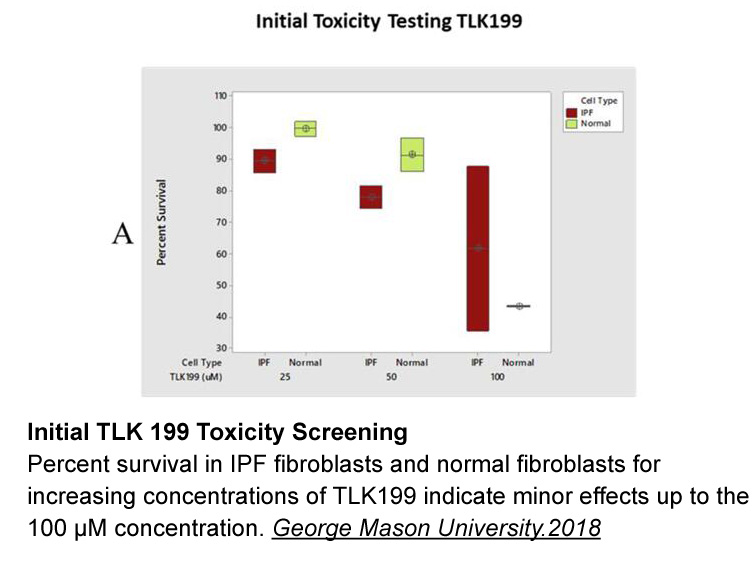Archives
The accumulation of oxidized low density
The accumulation of oxidized low-density lipoprotein (oxLDL) is one of the many causes of the initiation and progression of atherosclerosis (Virmani et al., 2002; Pirillo et al., 2013; Sun et al., 2016; Huang et al., 2016; Tabas, 2010). oxLDL-induced apoptosis of macrophages contributes to the formation of atherosclerotic plaques (Shao et al., 2016a). Thus, in this study, we examined legumain expression in plaques derived from AS patients and its role in oxLDL-induced apoptosis in several types of macrophages, including THP-1, RAW264.7 and primary macrophages induced from human peripheral blood mononuclear cells. The effects and mechanisms of legumain in macrophages were investigated.
Materials and methods
Results
Discussion
Atherosclerosis is a major cause of mortality worldwide and causes acute cardiovascular events and chronic damage (Wang et al., 2016). Legumain, or asparaginyl endopeptidase, is a lysosomal cysteine protease that processes proteases such as cathepsin B, H and L, which exhibit both elastinolytic and collagenolytic activities (Liu et al., 2003; Watts et al., 2005; Shirahama-Noda et al., 2003; Murthy et al., 2005). Cathepsin L has been associated with macrophage apoptosis (Li et al., 2009). Overexpression of legumain in vulnerable atherosclerosis plaques has indicated that legumain may play a role in atherogenesis (Mattock et al., 2010). And increased levels of legumain in unstable regions compared to stable regions of human carotid plaques, making legumain a potential therapeutic target (Papaspyridonos et al., 2006; Wang et al., 2010). Lunde et al. demonstrated, for the first time, that patients with carotid plaques have increased levels of the plasma cysteine protease legumain compared to healthy controls indicating that legumain may be a novel biomarker in atherosclerosis (Lunde et al., 2017; Ammirati and Fogacci, 2017). More, Lunde et al. showed that legumain co-localizes with macrophages at areas that are rich in foam-like Dexmedetomidine mg within the atherosclerotic plaques (Lunde et al., 2017). In this study, we also found high levels of legumain in unstable regions of carotid plaques and that the expression level of legumain was increased in macrophages in response to oxLDL stimulation. However, PMA-treated THP-1 and RAW264.7 cells response differently upon the high concentration of oxLDL. Primary macrophages stimulated w ith oxLDL exhibited increased legumain expression along with oxLDL concentration, which was consistent with PMA-treated THP-1. Legumain modification and activation are very complex and remain unclear (Mattock et al., 2010). The various intermediate forms seen in different samples or cells might relate to the specific modification or activation context.
The accumulation of macrophages is regarded as a crucial step in the formation and development of atherosclerotic plaques (Liu et al., 2005; Aziz et al., 2017). Reduced macrophage apoptosis is associated with accelerated atherosclerosis in low-density lipoprotein receptor-null mice (Aziz et al., 2017; Pinkaew et al., 2013; Zhang et al., 2017). TUG1 expression was up-regulated in ox-LDL-induced RAW264.7 and TUG1 overexpression accelerated cell growth, improved inflammatory factor expression, and inhibited apoptosis in ox-LDL-stimulated RAW264.7 (Zhang et al., 2017). Legumain expression, activity and secretion are increased during monocyte-to-macrophage differentiation (Solberg et al., 2015). In this research, we found that apoptosis was induced when legumain expression was inhibited by lentivirus-mediated shRNA, while legumain overexpression effectively reduced macrophage apoptosis following oxLDL stimulation. Treatment with recombinant legumain significantly suppressed macrophage apoptosis in response to oxLDL, indicating that legumain might be a novel therapeutic factor for the treatment of AS (Mattock et al., 2010; Lunde et al., 2017). Patients beneficial from atorvastatin treatment experienced significant reductions in gene expression of legumain after 12 weeks of therapy, further support that legumain might be an biomarker and therapeutic factor in AS (Wang et al., 2010).
ith oxLDL exhibited increased legumain expression along with oxLDL concentration, which was consistent with PMA-treated THP-1. Legumain modification and activation are very complex and remain unclear (Mattock et al., 2010). The various intermediate forms seen in different samples or cells might relate to the specific modification or activation context.
The accumulation of macrophages is regarded as a crucial step in the formation and development of atherosclerotic plaques (Liu et al., 2005; Aziz et al., 2017). Reduced macrophage apoptosis is associated with accelerated atherosclerosis in low-density lipoprotein receptor-null mice (Aziz et al., 2017; Pinkaew et al., 2013; Zhang et al., 2017). TUG1 expression was up-regulated in ox-LDL-induced RAW264.7 and TUG1 overexpression accelerated cell growth, improved inflammatory factor expression, and inhibited apoptosis in ox-LDL-stimulated RAW264.7 (Zhang et al., 2017). Legumain expression, activity and secretion are increased during monocyte-to-macrophage differentiation (Solberg et al., 2015). In this research, we found that apoptosis was induced when legumain expression was inhibited by lentivirus-mediated shRNA, while legumain overexpression effectively reduced macrophage apoptosis following oxLDL stimulation. Treatment with recombinant legumain significantly suppressed macrophage apoptosis in response to oxLDL, indicating that legumain might be a novel therapeutic factor for the treatment of AS (Mattock et al., 2010; Lunde et al., 2017). Patients beneficial from atorvastatin treatment experienced significant reductions in gene expression of legumain after 12 weeks of therapy, further support that legumain might be an biomarker and therapeutic factor in AS (Wang et al., 2010).